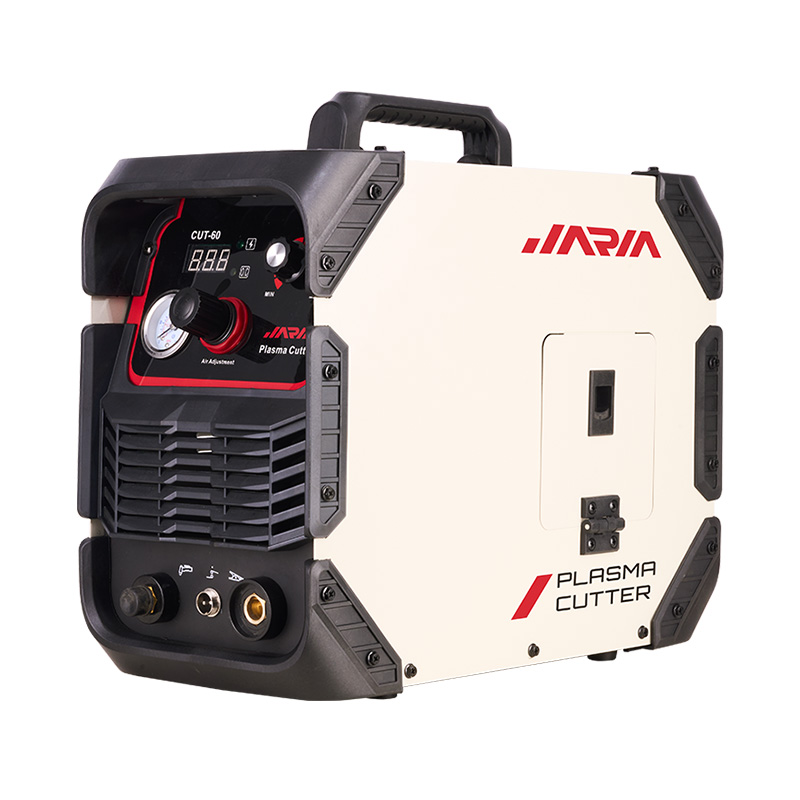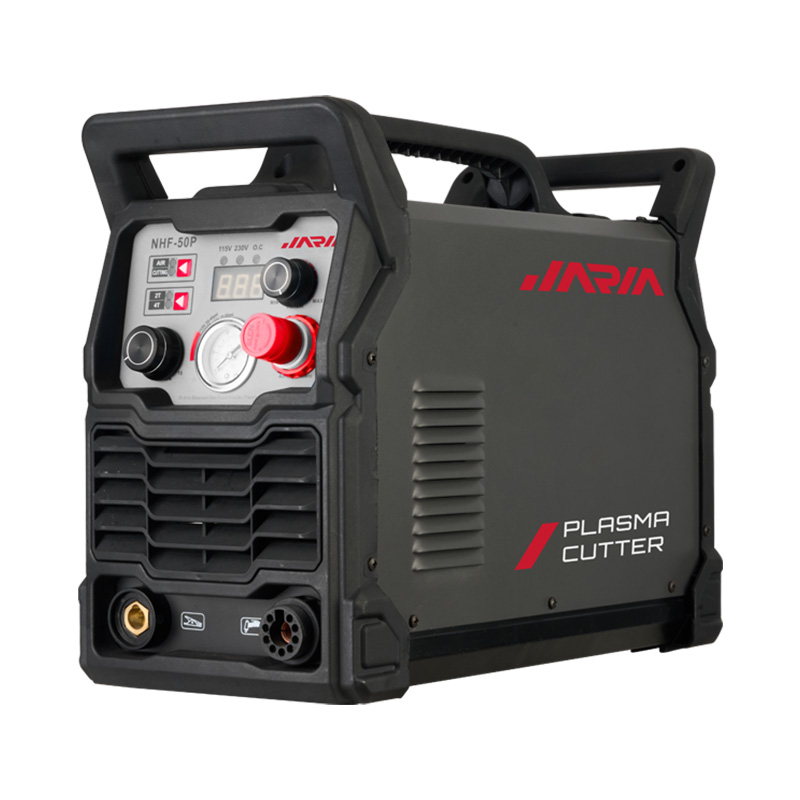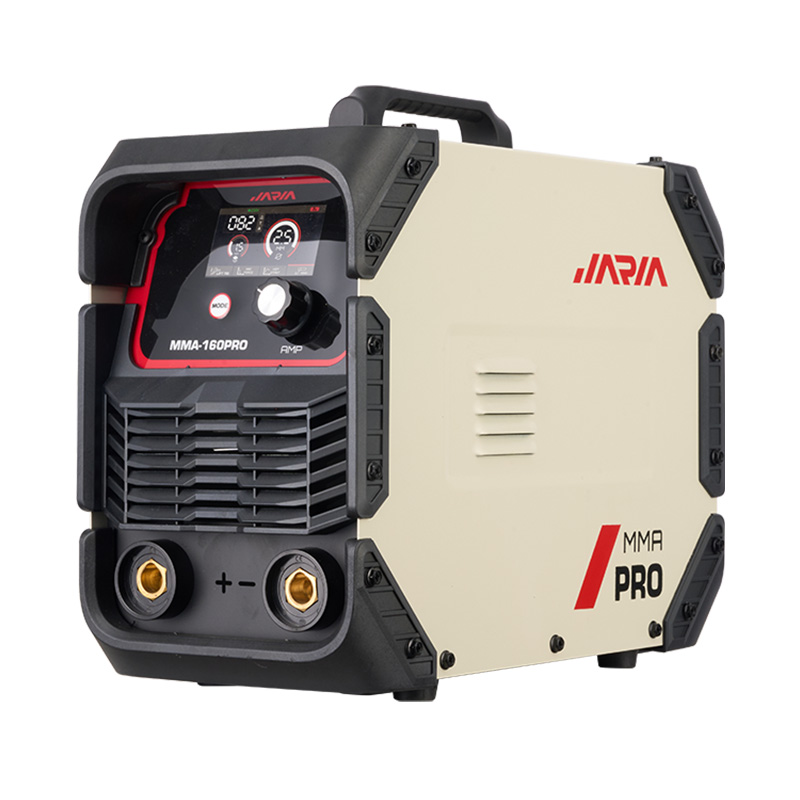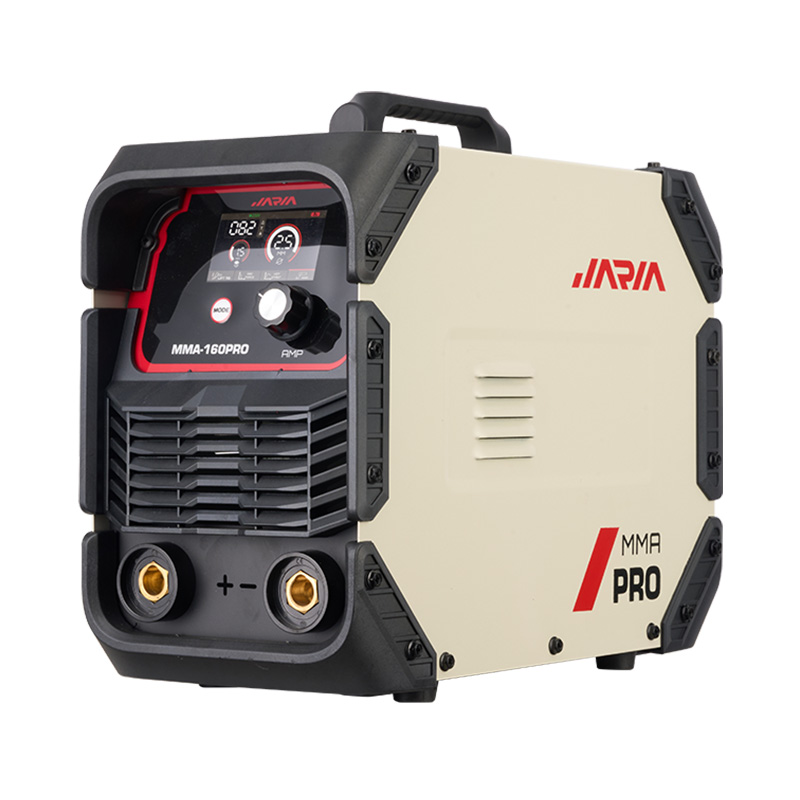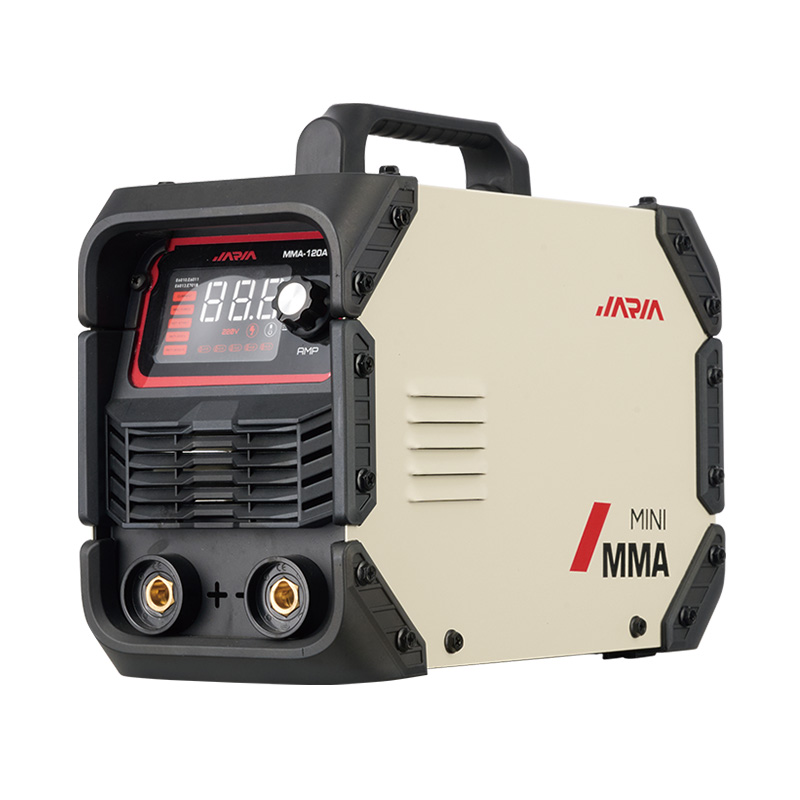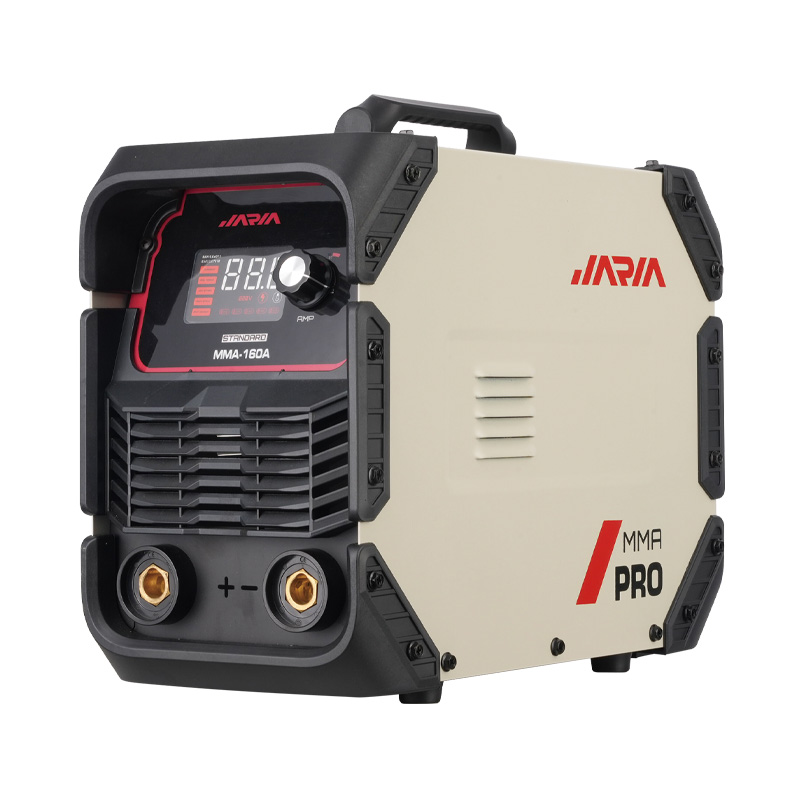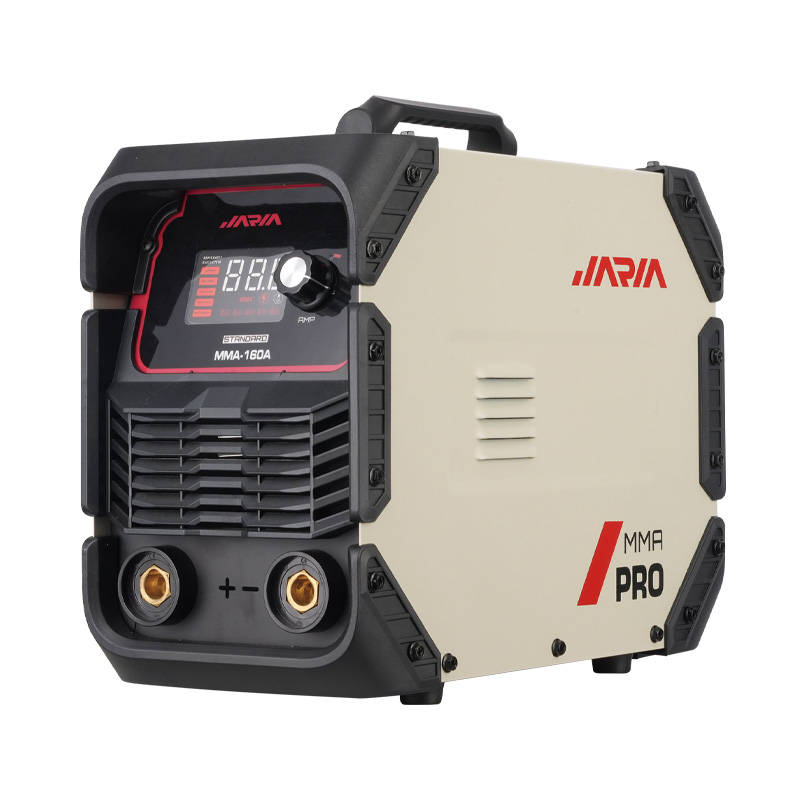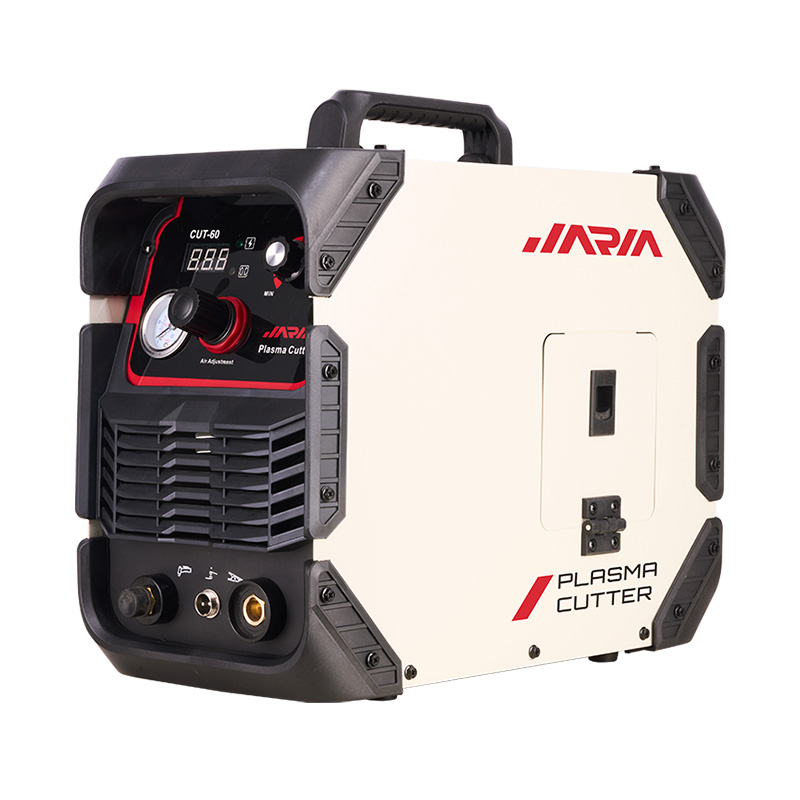Direct Selling Hot Sale portable welding machine in China
Hot Sale portable welding machines have become an indispensable tool in various industries, providing flexibility, efficiency, and convenience in welding applications. This article explores the working principles, origin, and future trends of portable welding machines, emphasizing their significance in modern welding.
Working Principles
Hot Sale portable welding machines, also known as welders or welding units, are compact, self-contained devices that utilize electrical, chemical, or mechanical processes to join metals. The fundamental principle behind welding involves heating the edges of two metal pieces until they melt and then cooling them to form a strong, durable bond. These machines generate high levels of heat, which are directed onto the workpiece, causing localized melting and fusion.
There are several types of Hot Sale portable welding machines, each with distinct working principles. Some common examples include arc welding, MIG (Metal Inert Gas) welding, TIG (Tungsten Inert Gas) welding, and spot welding. Arc welding, for instance, relies on an electric arc between an electrode and the workpiece, creating a pool of molten metal that cools to form a solid joint.
Origin of Hot Sale portable welding machines
The concept of welding dates back thousands of years, with historical evidence of blacksmiths using heat and metal to forge weapons, tools, and other artifacts. However, the modern Hot Sale portable welding machine as we know it today has a relatively recent origin.
In the early 20th century, advancements in electrical engineering and metallurgy led to the development of portable electric arc welding machines. These machines gained popularity during World War I for their use in shipbuilding and manufacturing. Innovations in electrode materials, power sources, and welding techniques rapidly evolved, further enhancing the effectiveness and efficiency of portable welding.
Future Trends
As technology continues to advance, Hot Sale portable welding machines are also poised for remarkable innovations and improvements. Some of the future trends and developments in this field include:
Digitalization and Automation: Hot Sale portable welding machines are becoming smarter with the integration of digital controls and automation. These features improve accuracy, repeatability, and the ability to perform complex welds with minimal human intervention.
Energy Efficiency: With a growing emphasis on sustainability, future portable welding machines will likely focus on energy efficiency and reduced environmental impact. This may involve the use of alternative power sources and enhanced insulation.
Enhanced Portability: While Hot Sale portable welding machines are already highly mobile, future designs may incorporate even more lightweight materials and compact forms, making them even easier to transport and use in remote locations.
Safety Features: Safety is a paramount concern in welding. Future machines will likely include advanced safety features such as improved fume extraction, integrated monitoring systems, and enhanced protective gear.
Ergonomics: User-friendly designs and ergonomic considerations are increasingly important. Future machines will prioritize operator comfort and ease of use, reducing fatigue and enhancing productivity.
Materials Compatibility: Hot Sale portable welding machines will need to adapt to evolving materials and alloys used in various industries, ensuring compatibility and reliable welds.
Connectivity: Integration with the Industrial Internet of Things (IIoT) and remote monitoring will allow for real-time data collection, analysis, and troubleshooting, optimizing welding processes and minimizing downtime.
In conclusion, Hot Sale portable welding machines have come a long way since their inception, providing a flexible and efficient solution for metal joining applications. With the ever-evolving technological landscape, we can expect these machines to continue evolving to meet the demands of modern industry. As we look to the future, the integration of digitalization, sustainability, safety, and enhanced portability will shape the next generation of portable welding machines, ensuring their continued relevance in various sectors.

 English
English Español
Español عربى
عربى